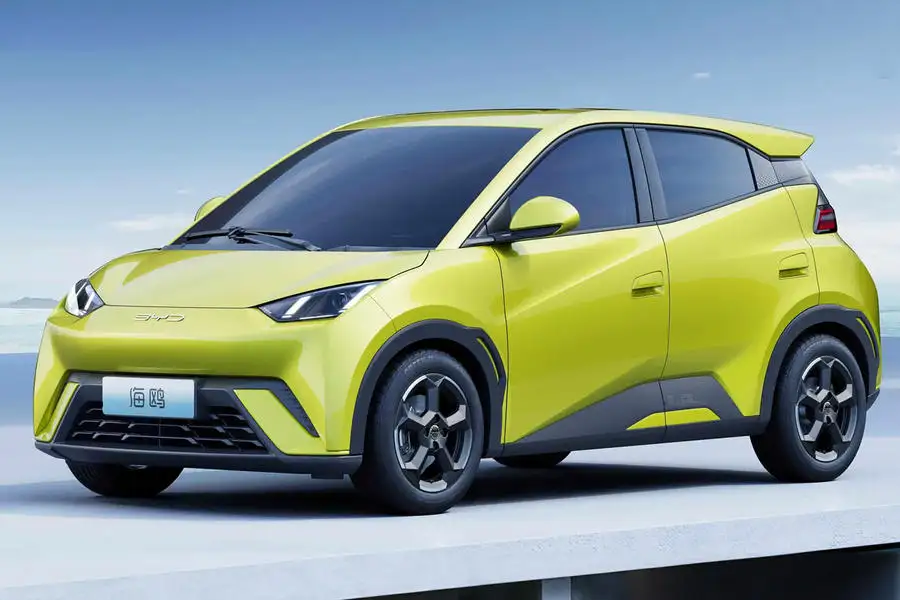Introduction
The automobile industry is witnessing a substantial transition towards a more ecologically conscious and sustainable future with the increasing popularity of electric vehicles, or EVs. Electric cars have become very popular due to their promises of lower operating costs, lesser pollutants, and cutting edge technology. But underneath the glossy exterior, infrastructure constraints The electric car’s biggest weakness remain a crucial factor and the electric car’s Achilles’ heel. This essay will examine the several aspects of this shortcoming, how it affects the general uptake of electric cars, and possible ways to get over these problems.
Charging Infrastructure: The Backbone of Electric Mobility
The lack of adequate infrastructure for charging electric cars is the main obstacle. Electric cars mostly depend on charging facilities, in contrast to conventional gasoline The electric car’s biggest weakness vehicles that may recharge at any gas station. Despite developing, the current infrastructure is not yet widespread enough to meet the increasing demand for electric vehicles. While there may be a substantial network of charging stations in urban areas, support is frequently insufficient in rural and isolated places.
Furthermore, compared to refueling a gasoline-powered car, the process of charging takes a long time. This problem is made worse by the The electric car’s biggest weakness absence of a standardized fast-charging technology. The psychological barrier of range anxiety, or the worry of running out of battery power without access to a charging station, continues to impede the adoption of electric cars.
Battery Technology: Progress and Limitations
Although the efficiency and range of electric The electric car’s biggest weakness automobiles have increased dramatically due to breakthroughs in battery technology, there is still much work to be done. The production of high-capacity batteries continues to be a significant pricing barrier that affects how affordable electric vehicles are overall. Further difficulties are brought about by batteries’ limited lifespan and the environmental issues surrounding their disposal.
Some of these problems may be resolved by The electric car’s biggest weakness advancements in solid-state battery technology, which offer a higher energy density, longer lifespan, and possibly reduced production costs. But these technologies are still in their infancy as a whole, and research and development are currently being done to see how scalable they can be.
Government Initiatives and Policies: A Driving Force or Roadblock
Government programs and regulations have a significant impact on how the electric vehicle market is shaped. While many nations are encouraging the use of electric vehicles with tax credits, grants, and subsidies, the lack of a single global policy leads to discrepancies and uncertainty. The smooth integration of electric automobiles into the current transportation The electric car’s biggest weakness networks may be hampered by inconsistent rules pertaining to safety precautions, environmental requirements, and charging infrastructure standards.
Bridging the Knowledge Gap and The electric car’s biggest weakness
The way that consumers view and understand electric vehicles is also critical to their success. There are still misconceptions regarding EVs, including as issues with range, the infrastructure for charging, and general performance. To debunk falsehoods and foster trust among The electric car’s biggest weakness prospective customers, it is imperative to close the knowledge gap through thorough education efforts. To promote a favorable opinion of electric vehicles, cooperation between automakers, governments, and nonprofit organizations is essential.
Conclusion
The primary drawback of electric cars is their reliance on a strong infrastructure for charging, which is a complex web of issues ranging from technological constraints to governmental regulations and public attitudes. A broad strategy combining cooperation between governments, automakers, and other stakeholders is needed to address these concerns. The shortcomings The electric car’s biggest weakness of the electric automobile should be lessened as technology advances, resulting in a day when environmentally friendly transportation will be the standard rather than the exception. Notwithstanding these obstacles, the electric automobile continues to be a representation of advancement and creativity, and it has the power to completely alter our perception of transportation and its effects on the environment.


